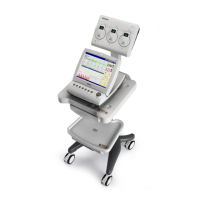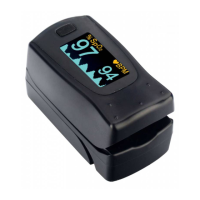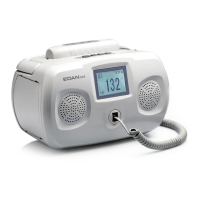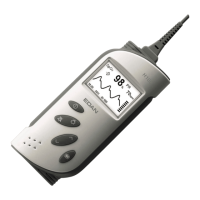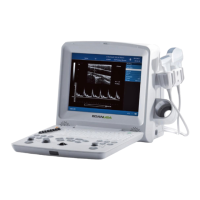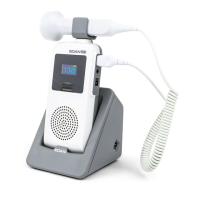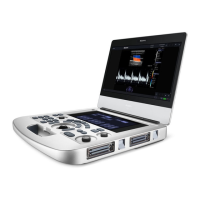EDAN Agile PLM Electronic Signature Information
--Signatures related to this document and performed in EDAN Agile PLM.
文件名称(Document Name):F9说明书_英文
文件编号(Number):01.54.107779
版本(Version):2.9
产品型号(Product Model):F9;F9 Express
项目编码(Project Code):2040A000
签批信息(Signature):
作者(Originator) : 周 睿 (zhourui) 2018-10-15 15:36:46
审核人(Reviewers) : 刘 小倩 (liuxiaoqian) 2018-10-15 17:03:21
审核人(Reviewers) : 唐 林 (tanglin) 2018-10-16 09:10:49
审核人(Reviewers) : 明 镭 (minglei) 2018-10-16 13:54:54
审核人(Reviewers) : 张 冬雪 (zhangdongxue) 2018-10-19 12:04:28
审核人(Reviewers) : 占 皓 (zhanhao) 2018-10-29 09:12:01
审核人(Reviewers) : 余 俊煜 (yujunyu) 2018-10-16 18:54:43
批准人(Approvers) : 夏 欢欢 (xiahuanhuan) 2018-11-02 10:35:44
批准人(Approvers) : 吴 明花 (wuminghua) 2018-11-07 14:20:44
批准人(Approvers) : 冀 伟 (jiwei) 2018-11-02 15:35:48
版权©深圳市理邦精密仪器股份有限公司 (Copyright©Edan Instrument,Inc.)




